A young boy named Luke and his grandmother go on vacation only to discover their hotel is hosting an international witch convention, where the Grand High Witch is unveiling her […]
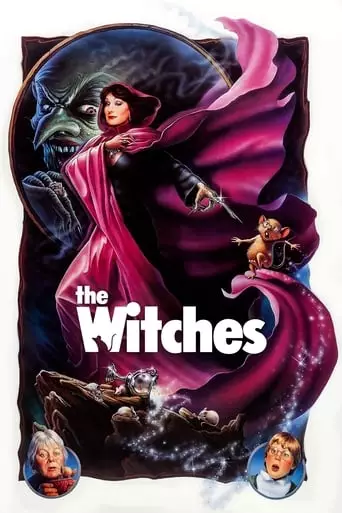
A young boy named Luke and his grandmother go on vacation only to discover their hotel is hosting an international witch convention, where the Grand High Witch is unveiling her […]
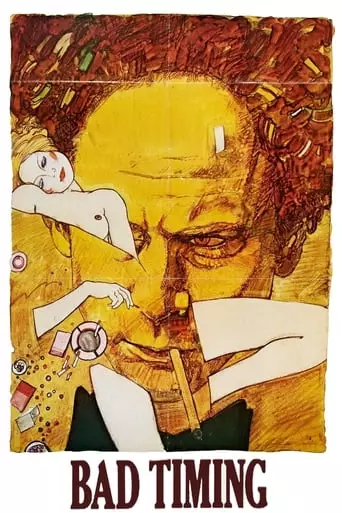
Alex Linden is a psychiatrist living in Vienna who meets Milena Flaherty though a mutual friend. Though Alex is quite a bit older than Milena, he’s attracted to her young, […]
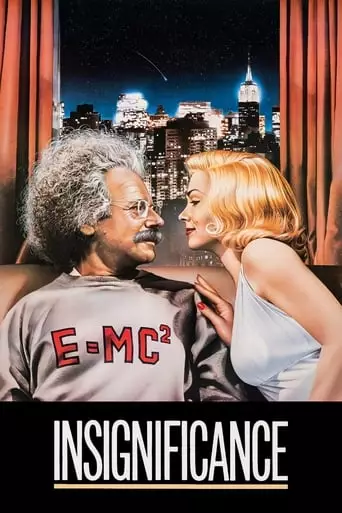
Four 1950s cultural icons who conceivably could have met but probably didn’t, fictionally do so in this modern fable of post-WWII America. Visually intriguing, the film has a fluid progression […]
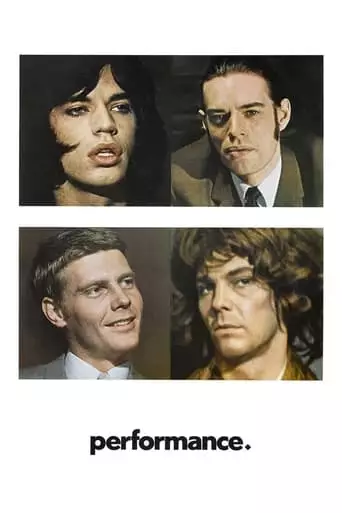
In underworld terms, Chas Devlin is a ‘performer,’ a gangster with a talent for violence and intimidation. Turner is a reclusive rock superstar. When Chas and Turner meet, their worlds […]
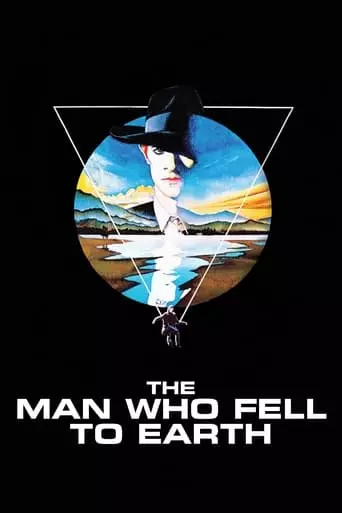
Thomas Jerome Newton is an alien who has come to Earth in search of water to save his home planet. Aided by lawyer Oliver Farnsworth, Thomas uses his knowledge of […]
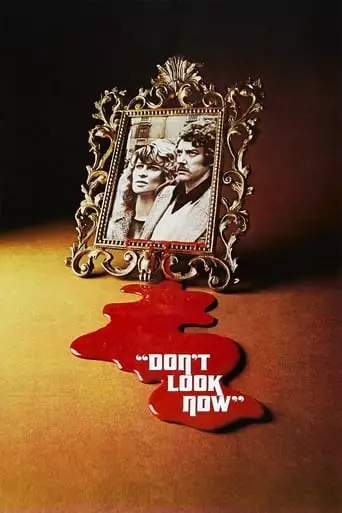
Laura and John, grieved by a terrible loss, meet in Venice, where John is in charge of the restoration of a church, two mysterious sisters, one of whom gives them […]
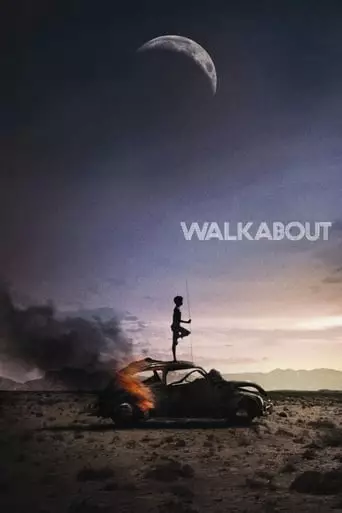
Under the pretense of having a picnic, a geologist takes his teenage daughter and 6-year-old son into the Australian outback and attempts to shoot them. When he fails, he turns […]
Nicolas Roeg: The Visionary of Fragmented Storytelling
Nicolas Roeg (1928–2018) was a British filmmaker whose groundbreaking approach to storytelling and visual style made him one of the most influential directors of the 20th century. Known for films like Performance (1970), Walkabout (1971), Don’t Look Now (1973), and The Man Who Fell to Earth (1976), Roeg challenged traditional narrative structures, blending time, memory, and emotion in ways that redefined cinematic language.
Roeg’s work, characterized by its bold experimentation and emotional intensity, continues to inspire filmmakers and remains a touchstone for those seeking to push the boundaries of film.
Early Life and Career
Nicolas Jack Roeg was born on August 15, 1928, in London, England. After serving in the British Army, he entered the film industry in the late 1940s, starting as a tea boy at Marylebone Studios. Roeg’s early career saw him rise through the ranks, eventually becoming a cinematographer.
As a cinematographer, Roeg worked on notable films such as Lawrence of Arabia (1962) and Fahrenheit 451 (1966), where his innovative use of color, light, and composition began to attract attention. His work on Far from the Madding Crowd (1967) further cemented his reputation for visual excellence.
Transition to Directing
Roeg’s transition to directing came with Performance (1970), a collaboration with Donald Cammell. The film, starring Mick Jagger and James Fox, was a bold exploration of identity, violence, and transformation, blending surreal imagery with a fragmented narrative. Though controversial upon its release, Performance has since been recognized as a seminal work of 1970s cinema.
Hallmarks of Roeg’s Style
Roeg’s films are defined by their:
Nonlinear Narratives: Roeg often fragmented time, interweaving past, present, and future to reflect the subjective nature of memory and emotion.
Visual Symbolism: His films are rich with symbolic imagery, using color, light, and composition to convey themes and emotions.
Exploration of Identity and Transformation: Roeg frequently explored characters undergoing profound personal change, often set against mysterious or otherworldly backdrops.
Emotional Intensity: His films delve deeply into human psychology, relationships, and the often-chaotic forces that shape our lives.
Key Films
Walkabout (1971)
This visually stunning film follows two children lost in the Australian Outback who are guided by an Aboriginal boy on his walkabout—a rite of passage into adulthood. A meditation on survival, cultural disconnect, and the loss of innocence, Walkabout is celebrated for its breathtaking cinematography and haunting narrative.
Don’t Look Now (1973)
Widely regarded as Roeg’s masterpiece, Don’t Look Now is a psychological thriller about a grieving couple (Julie Christie and Donald Sutherland) in Venice who begin to experience strange and unsettling events. The film’s fragmented editing, eerie atmosphere, and shocking climax have made it a classic of both horror and arthouse cinema.
The Man Who Fell to Earth (1976)
Starring David Bowie in a career-defining role, this science fiction film tells the story of an alien who comes to Earth seeking water for his dying planet. A meditation on alienation, capitalism, and human frailty, The Man Who Fell to Earth showcases Roeg’s ability to blend the surreal with the deeply human.
Bad Timing (1980)
This intense exploration of a toxic love affair between a psychologist (Art Garfunkel) and a young woman (Theresa Russell) is one of Roeg’s most controversial films. Its nonlinear structure and unflinching portrayal of obsession and betrayal divided critics but cemented Roeg’s reputation as a daring and uncompromising filmmaker.
Legacy and Influence
Nicolas Roeg’s innovative approach to filmmaking has had a profound impact on cinema. His fragmented narratives and visual style influenced directors such as Christopher Nolan, Steven Soderbergh, and Danny Boyle. Films like Memento (2000) and Eternal Sunshine of the Spotless Mind (2004) owe a debt to Roeg’s groundbreaking techniques.
Despite his later films receiving mixed responses, Roeg’s work remains a cornerstone of modern cinematic experimentation. In 1999, the British Film Institute honored him with a retrospective, celebrating his contributions to film.
Conclusion
Nicolas Roeg was a true visionary, a filmmaker who dared to challenge conventions and explore the uncharted territories of storytelling. His films, often enigmatic and emotionally raw, continue to captivate and inspire, reminding us of cinema’s power to reflect the complexity of the human experience.
Through his groundbreaking narratives and unforgettable imagery, Roeg left an indelible mark on the art of filmmaking, ensuring his legacy as one of cinema’s most daring and innovative voices.